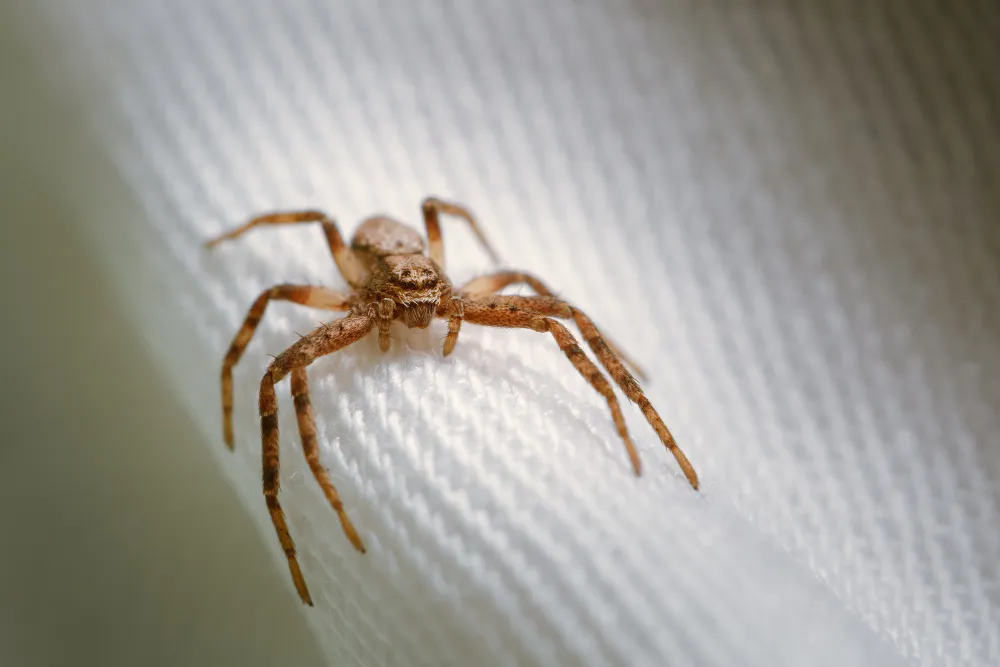An In-Depth Examination of Spiders in Mesa & Phoenix, AZ: Understanding Their Role, Behavior, and Management Strategies
This article delves into the fascinating world of spiders in Mesa and Phoenix, AZ, exploring their ecological significance, behavioral patterns, and the common species found in the region. By providing a thorough understanding of these often-misunderstood arachnids, readers will gain insights into their role in local ecosystems and effective management strategies for cohabitation.
Whether you are a curious homeowner or an avid nature enthusiast, this comprehensive guide equips you with the knowledge to appreciate and coexist with these remarkable creatures.

The Ecological Significance of Spiders in Mesa & Phoenix, AZ
Importance of Spiders in Local Ecosystems
Spiders play a crucial role in maintaining the ecological balance in Mesa and Phoenix, AZ. As natural pest controllers, they help regulate populations of insects and other arthropods, which can otherwise become overwhelming. By preying on pests, spiders contribute to the health of local ecosystems and reduce the need for chemical pest control methods.
In addition to their role in pest management, spiders contribute to biodiversity. They are an integral part of the food web, serving as prey for various birds, reptiles, and mammals. This interdependence highlights the importance of spiders in sustaining ecological balance.
Common Spider Species Found in Mesa & Phoenix, AZ
Mesa and Phoenix are home to several spider species, each with unique characteristics and behaviors. Among the most notable are the Black Widow and Brown Recluse spiders.
-
Black Widow Spiders: Recognizable by their glossy black bodies and the distinctive red hourglass marking on their abdomens, black widow spiders are often feared due to their venomous bites. However, they are generally reclusive and prefer to avoid human interaction.
-
Brown Recluse Spiders: The brown recluse, or Arizona brown spider, is another species of concern. Identified by its violin-shaped marking on its back, this spider is known for its potentially dangerous bite. While not aggressive, a bite from a brown recluse can lead to severe allergic reactions and necrosis in some individuals.
-
Wolf Spiders: Unlike the aforementioned species, wolf spiders do not build webs. They are agile hunters, often found in leaf litter or on the ground, where they actively pursue their prey.
Understanding the identification characteristics and habitat preferences of these spiders can help residents coexist with them safely.
Understanding Spider Behavior and Life Cycle
Behavioral Patterns of Spiders
Spiders exhibit a variety of hunting strategies and prey selection methods. Some, like the black widow, build webs to ensnare unsuspecting prey, while others, such as wolf spiders, rely on their speed and agility to capture insects.
Webbuilding techniques vary significantly among species. For instance, orb-weavers create intricate, circular webs, while funnel-web spiders construct funnel-shaped retreats. Social behaviors are also observed in certain spider species, with some forming communal webs, while others are highly territorial.
Life Cycle of Spiders
The life cycle of spiders consists of several stages, beginning with the egg. After hatching, spiderlings undergo multiple molts before reaching adulthood. Mating rituals can be quite elaborate, with males often performing courtship displays to attract females.
The lifespan of spiders varies by species, with some living only a year while others can survive for several years. Seasonal activity patterns also influence their behavior, with many species becoming more active during warmer months.
Effective Management Strategies for Coexisting with Spiders
Prevention and Control Measures
To coexist peacefully with spiders, homeowners can implement several prevention strategies. Regular home maintenance, such as sealing cracks and removing clutter, can deter spiders from entering living spaces.
For those who encounter spiders indoors, safe removal techniques, such as using a jar and a piece of paper, can help relocate them without harm. However, if a spider infestation occurs or if dangerous species like black widow or brown recluse spiders are found, it may be necessary to seek professional pest control services, such as Kindly Pest Control, to ensure safe and effective management.
Appreciating Spiders as Beneficial Creatures
Educating oneself about spiders can foster a positive perspective on these often-misunderstood creatures. Numerous resources are available for those interested in learning more about spiders and their ecological roles. Promoting biodiversity and natural pest management can lead to healthier ecosystems and a greater appreciation for the benefits spiders provide.
Conclusion
In summary, spiders are vital components of the ecosystems in Mesa and Phoenix, AZ. Their role as natural pest controllers and contributors to biodiversity underscores their ecological importance. By fostering a responsible cohabitation approach and appreciating these remarkable arachnids, residents can create a spider-friendly environment that benefits both humans and nature alike.

Fast Response Time
We know how inconvenient pests are, so we respond quickly and provide service within 24 hours.

Kindly Pest Guarantee
We stand by our work with free re-services. If pests return between your scheduled services, we’ll come back at no cost.

Comprehensive Pest Coverage
Our protection program covers more than just the “easy” pests. We handle 29 of the most common household pests.